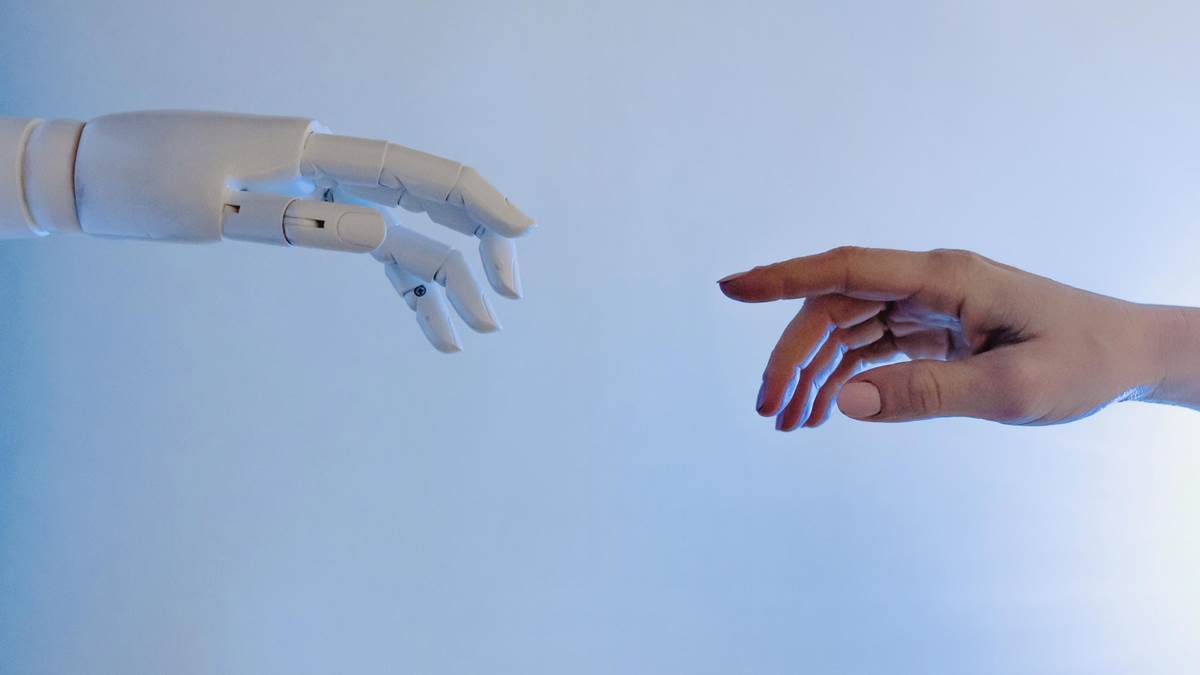Beyond AI

Last fall I had the opportunity to attend the EmTech conference at MIT Media Lab in Cambridge Massachusetts. Aside from the usual great talks on everything from wind power to space exploration, there was a specific talk that stood out to me.
Professor Hugh Herr, the Co-director of the K. Lisa Yang Center for Bionics at MIT, presented his personal experience using prosthetic limbs and the role of AI in creating an optimized experience for its users.
At the conclusion of his discussion, he discussed the road ahead for prostheses and his own ambition as its beneficiary. Using an analogy of autonomous vehicles, saying: “I don’t want to drive the car. I don’t want to be a passenger in the car. I want to be the car.”
Professor Hugh Herr, the Co-director of the K. Lisa Yang Center for Bionics at MIT, presented his personal experience using prosthetic limbs and the role of AI in creating an optimized experience for its users.
At the conclusion of his discussion, he discussed the road ahead for prostheses and his own ambition as its beneficiary. Using an analogy of autonomous vehicles, saying: “I don’t want to drive the car. I don’t want to be a passenger in the car. I want to be the car.”